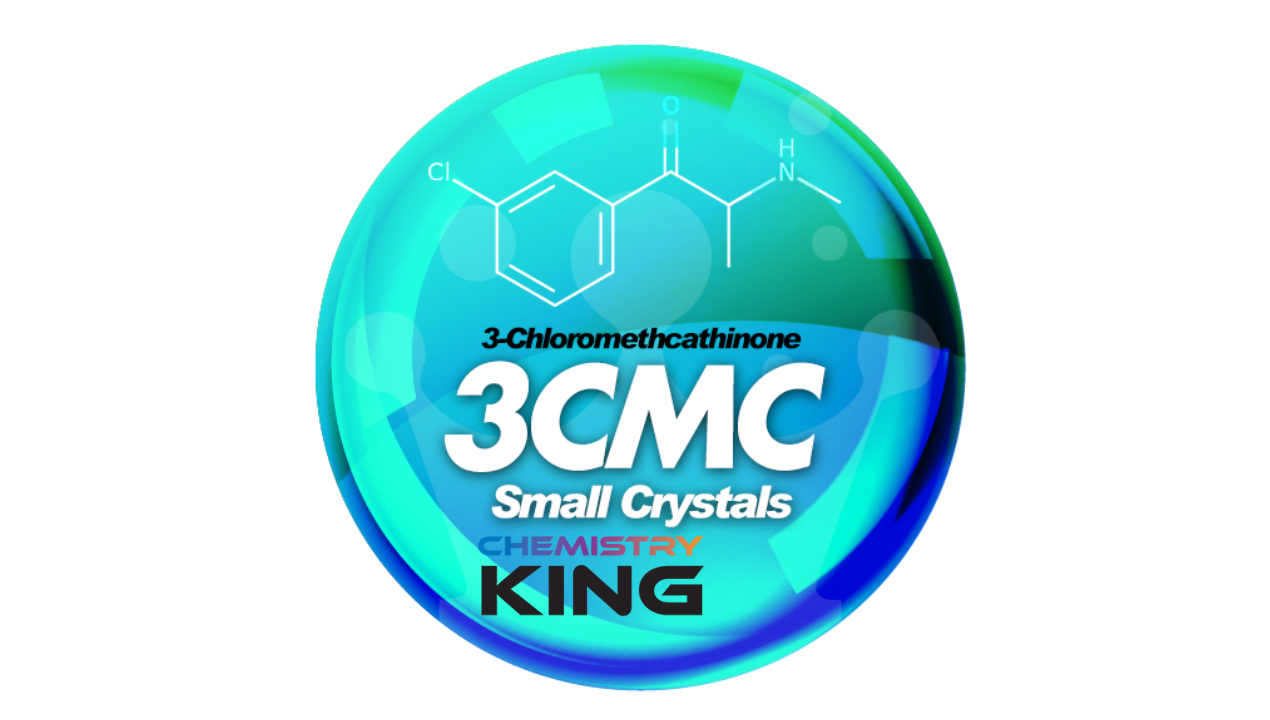Understanding 3-CMC Effects: A Deep Dive into a Research Chemical's Impact
In the ever-evolving landscape of research chemicals, few compounds have garnered attention like 3-CMC (3-Chloromethcathinone). As an analog of 3-MMC, this synthetic stimulant is sought after by researchers worldwide for its potential to provide insights into the neurological and physiological effects of similar substances. Let’s delve into the effects of 3-CMC to understand its impact within the realm of scientific study.

The Structure and Classification of 3CMC
3CMC, also known as clophedrone, is a cathinone derivative, closely related to other synthetic stimulants. Cathinones, sometimes referred to as “bath salts,” are analogs of the naturally occurring compounds found in the khat plant. As a substituted cathinone, 3CMC contains a chlorine atom at the 3-position on the aromatic ring, distinguishing it structurally from other synthetic cathinones like 3-MMC. This molecular structure positions it in a category of compounds known to influence the central nervous system.
Pharmacological Profile of 3CMC
While research into 3CMC remains relatively nascent, its pharmacological effects are believed to resemble those of other cathinone derivatives. It is thought to act as a potent stimulant, influencing the release and reuptake of neurotransmitters like serotonin, dopamine, and norepinephrine. This mechanism could result in pronounced psychoactive effects, such as euphoria, enhanced mood, and increased sociability. Additionally, it may produce physical stimulation, heightened focus, and increased energy levels.
Reported Effects in Research Settings
In research contexts, some of the most common effects of 3CMC reported include:
- Stimulation: As a stimulant, 3CMC increases wakefulness and physical energy. Researchers have documented heightened alertness and an overall sense of stimulation.
- Euphoria: Many researchers have observed an elevated mood and a sense of well-being, aligning with the substance’s potential serotonergic activity.
- Sociability: Participants in research settings often describe feeling more talkative and open, which could be attributed to the compound’s impact on neurotransmitters.
- Increased Heart Rate and Blood Pressure: Physiological effects include a noticeable increase in cardiovascular activity, common among stimulant-type chemicals.

We sell our products exclusively to customers aged 18 and over, strictly for research purposes only.

Adverse Effects and Safety Considerations
The investigation into the safety profile of 3CMC is ongoing, and there is much left to uncover. However, researchers have flagged several adverse effects:
- Anxiety and Paranoia: As is often the case with stimulants, heightened doses can lead to increased anxiety, paranoia, and in some cases, panic.
- Tachycardia and Hypertension: The compound’s stimulant properties may result in elevated heart rates and blood pressure, especially in sensitive individuals.
- Insomnia: Due to its stimulating effects, researchers have noted sleep disturbances even hours after administration.
- Neurotoxicity Potential: Preliminary studies have raised concerns about neurotoxicity, particularly with chronic use.
Ethical Considerations and Responsible Research
Given the potential risks, it’s imperative that 3CMC is handled with caution in research settings. Strict adherence to ethical guidelines ensures that studies contribute valuable insights while minimizing harm. Researchers are urged to maintain accurate dosing protocols, closely monitor participants, and document findings meticulously.
The Role of Chemistry King
Chemistry King stands out as a reliable supplier of high-purity research chemicals like 3CMC. Their commitment to quality control and customer satisfaction ensures that researchers receive products that meet stringent standards. By providing detailed information, discreet shipping, and comprehensive customer support, Chemistry King facilitates responsible research across Europe.

Responsible Handling and Research Are Key to Understanding 3CMC
Understanding the effects of 3CMC is crucial for advancing research in neuroscience and pharmacology. While its stimulating properties offer intriguing areas for exploration, responsible handling and rigorous research practices remain paramount. Chemistry King’s dedication to high-quality research chemicals supports these scientific endeavors, making them a trustworthy partner for researchers worldwide.
FAQ and How We Can Help
Frequently Asked Questions answered here; don’t hesitate to ask more!
3CMC is known to produce stimulating effects, such as heightened energy levels, increased alertness, and improved sociability. Researchers have also reported euphoria and elevated mood among study participants.
While similar to other cathinones like 3-MMC, 3CMC has a distinctive molecular structure that influences its effects. Users often find that it produces similar stimulant and empathogenic effects but can vary in intensity.
3CMC has been observed to increase heart rate and blood pressure, consistent with its stimulant properties. It may also cause physical stimulation, leading to restlessness or insomnia.
Yes, the method of administration can affect the onset and intensity of 3CMC’s effects. Different forms like crystals, powders, and capsules may lead to varying absorption rates and effect durations


